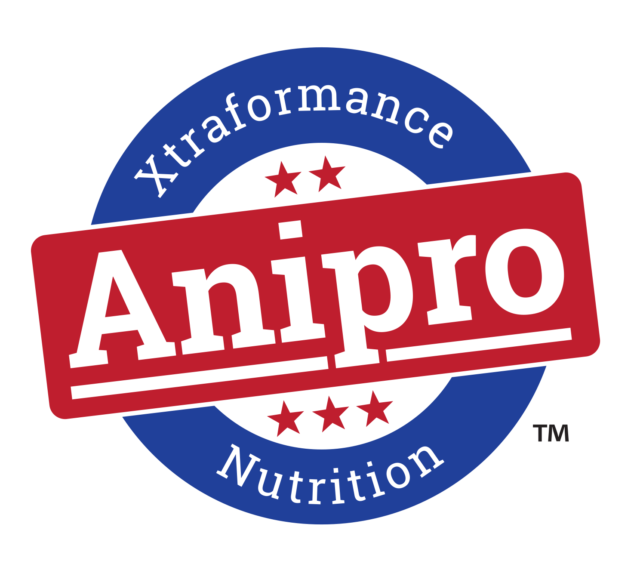According to the WHO press release, “The new WHO recommendations aim to help preserve the effectiveness of antibiotics that are important for human medicine by reducing their unnecessary use in animals.”
WHO is recommending an overall reduction in the use of all medically important antibiotics, including the complete restriction of antibiotics for growth promotion and disease prevention without diagnosis. “Healthy animals should only receive antibiotics to prevent disease if it has been diagnosed in other animals in the same flock, herd or fish population.”
These new recommendations are part of the effort to stem antibiotic use in the agriculture industry in order to decrease the threat of antibiotic resistance, a topic that has gained considerable attention in the past few years. “Scientific evidence demonstrates that overuse of antibiotics in animals can contribute to the emergence of antibiotic resistance,” said Dr. Kazuaki Miyagishima, director of the Department of Food Safety and Zoonoses at WHO, in the press release. WHO recommends the use of antibiotics listed as “least important” to human health in the event that a sick animal has been tested, diagnosed and prescribed an antibiotic to treat their disease.
Dr. Chavonda Jacobs-Young, USDA acting chief scientist, issued a statement in response to the WHO guidelines.
“The WHO guidelines are not in alignment with U.S. policy and are not supported by sound science. The recommendations erroneously conflate disease prevention with growth promotion in animals,” she said in the USDA press release.
Jacobs-Young said that WHO previously requested that the standards for on-farm antibiotic use in animals be updated through a transparent, consensual, science-based process of CODEX, a set of international food standards. “However, before the first meeting of the CODEX was held, the WHO released these guidelines, which – according to language in the guidelines – are based on ‘low-quality evidence,’ and in some cases, ‘very low-quality evidence.’”
Jacobs-Young brought up the FDA’s Veterinary Feed Directive that is already enforced in the U.S., which limits the amount of antibiotics available for use in food-producing animals. “Under current Food and Drug Administration (FDA) policy, medically important antibiotics should not be used for growth promotion in animals,” she said in the press release. “In the U.S., the FDA allows for the use of antimicrobial drugs in treating, controlling and preventing disease in food-producing animals under the professional oversight of licensed veterinarians. While the WHO guidelines acknowledge the role of veterinarians, they would also impose unnecessary and unrealistic constraints on their professional judgment.”
Jacobs-Young said more data is needed before anyone – the USDA and WHO included – can make a definite call on the role of antibiotics administered to food animals in antibiotic resistance. “We remain committed to addressing antimicrobial resistance in people and animals,” she said in the press release. “We will continue to work with the WHO, World Organization for Animal Health and Food and Agriculture Organization to promote antibiotic stewardship to avoid the further emergence and spread of antibiotic resistance.” ![]()

-
Carrie Veselka
- Associate Editor
- Progressive Cattleman
- Email Carrie Veselka








